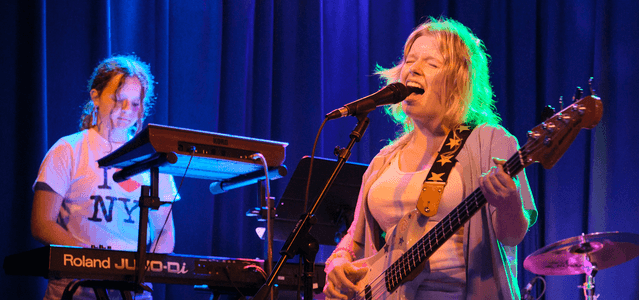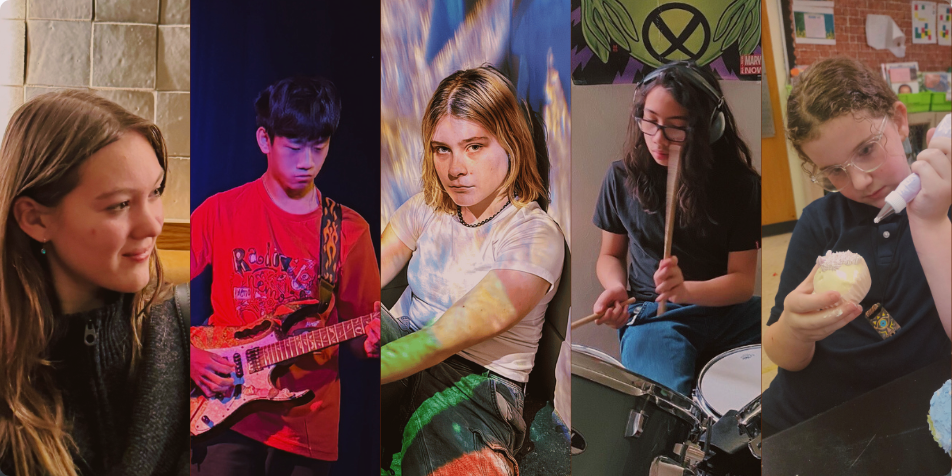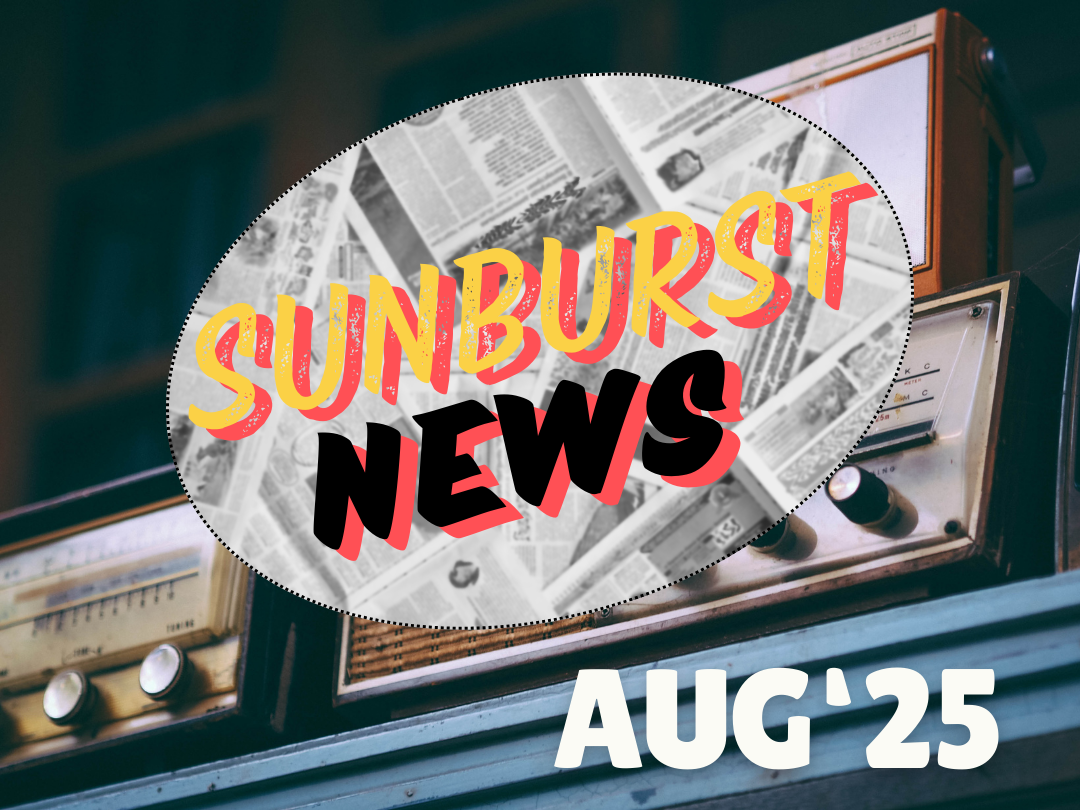Learning Songs By Ear
Ever seen someone figure out how to play a song just by hearing it? Its not magic, its music theory! You don't have to be a virtuoso musician to do it, it just takes practice like anything else. Use this guide to get started figuring out your favorites for any instrument...
Listen Closely
A great many students come to us with a specific song in mind and ask how to play it. Our job at that point is to put the music on, listen to it with them, figure out a way for them to play it based on their ability and show it to them. The more songs someone tries to figure out, the faster and smoother they can make the transition from hearing to playing and the same goes for students–they learn songs faster.
Watching someone conjure the chords of a song seemingly from nowhere can be a little mystifying. I remember being in awe of it myself the first time I saw someone repeat a song that they had only just heard for the first time. The truth is that its not that hard, its just different and involves a skill set that has very little to do with pushing down frets, keys, whatever and everything to do with listening very closely and comparing sounds.

What’s that old English proverb?
The Key
Literally and figuratively the key to figuring out songs by ear is the key. The key is the one note in the song that all of the other notes relate to and want to resolve to. The simplest way to describe it and find it is to put a song on, pick one note on your instrument and just keep playing that one note over any part of the song. Some notes will sound good some moments and tense others, but in most cases the key will just sound good the whole time. There are only 12 notes to try, so keep trying until you think you’ve found that one note that sounds right.
The Chords
Its best to start with songs that sound easy, things with basic chord changes like Bob Dylan or Taylor Swift (no Rush and steer clear of The Beatles, they are deceptively complex). Also best to start with something that is in a major key (this just means something that sounds upbeat, not sad).
Listen closely to the song and try to figure out how many chords there are in each section. Most pop songs are in 4/4 time which means there are 4 beats to a measure and usually 4 measures (or 8) before things start to repeat. See if you can identify a pattern of chords, try to figure out when they change and when the whole thing repeats even if you don’t know what the chords are.
Next you need to figure out what the possible chords are. This is where a little music theory becomes quite handy. Look at the following chart:
Don’t be afraid, theory is sweet.
If you don’t know how to play some of the chords on your instrument you can use a capo for guitar, or a transpose feature on a keyboard to change things to C, G or another easy one. We should write an article about that (this will become a link when we do).
Remember what key we’re in? The first 6 chords in that key are likely going to be the chords that show up in any given song. Keep in mind there are tons of exceptions to this, but lets just roll with that assumption for the moment. Use a little trial and error using these chords with the music in different configurations, can you tell when you hit one? Can you tell the major chords from the minor chords? Listen closely!
Timing
When you think you’ve got it, try to mimic the rhythm that you hear. Its more important to play something simple that captures the feel of the music rather than exactly what your particular instrument is doing on the recording. We could talk a lot more about this particular topic but for now just keep it simple and change chords at the right time.
Move onto the next section of the song and keep going until you’ve got the whole thing. It will take a long time at first and the trial and error will be mostly error, but as you get better at listening you will be able to do it in seconds.
Try it!



















































































































































































































